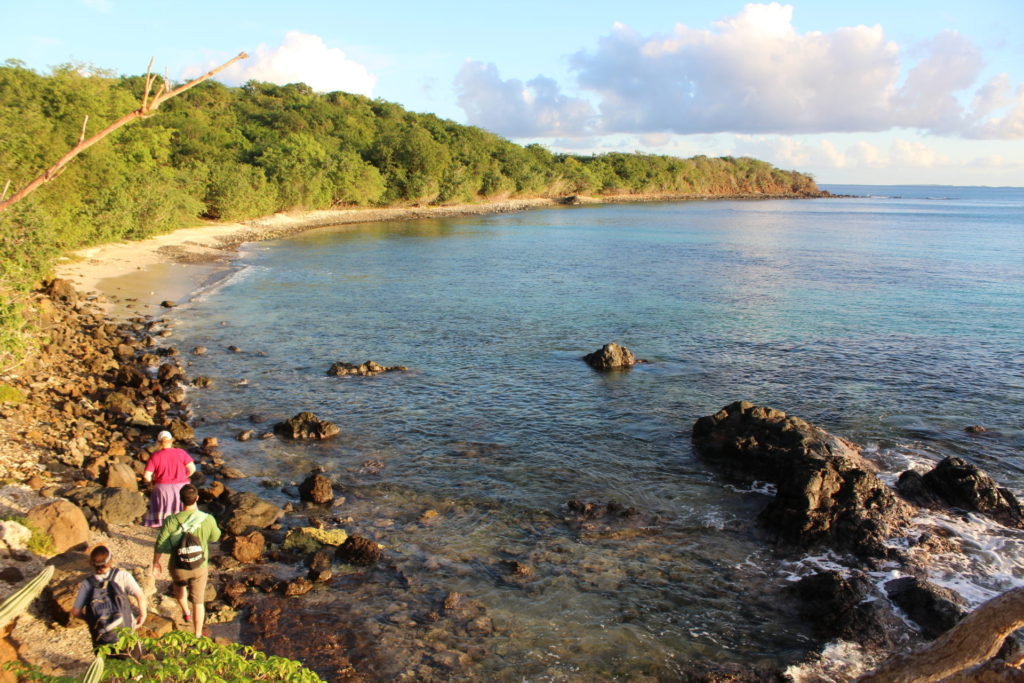A quick update from the Turtle front…
Last week Mr. Turtle and I took a much needed trip with two of our close college friends, to a small island off of Puerto Rico, called Culebra. It was wonderous.
We went hiking along the coast, making our way along crystal clear beaches – some sandy and some rocky.
We had the opportunity to to go snorkeling – one of my favorite activities! We played games, got sun, caught up on sleep – I even managed to get some knitting in.
Right now the inbox is full to overflowing, as I try to catch up on 5 days of missed work. Please be patient with me as I attempt to catch up in the next few days!
Normal blog posts and updates will resume shortly.





 Meanwhile, I’m also looking at the practical part of the project. How damaged is the item? How widespread is the wear? Would attempting to fix the item hurt things further? When I’m looking into this I’m often learning about the history of the item: if it was stored in a place where a lot of sunlight, heat or humidity could get to it, the fibers may be damaged. Are the places where wear is showing from use – such as worn out fingers on mittens, or a handle on a bag becoming worn, or because of a different factor? Often the answers form the type of repairs I can do – mittens that are going to get further wear over each winter are going to receive different treatment than a Christmas stocking that’s taken out once a year.
Meanwhile, I’m also looking at the practical part of the project. How damaged is the item? How widespread is the wear? Would attempting to fix the item hurt things further? When I’m looking into this I’m often learning about the history of the item: if it was stored in a place where a lot of sunlight, heat or humidity could get to it, the fibers may be damaged. Are the places where wear is showing from use – such as worn out fingers on mittens, or a handle on a bag becoming worn, or because of a different factor? Often the answers form the type of repairs I can do – mittens that are going to get further wear over each winter are going to receive different treatment than a Christmas stocking that’s taken out once a year.
 Quick Crochet Vest: Learn Broomstick Lace, Short-Rows, Back Loop Stitches & More
Quick Crochet Vest: Learn Broomstick Lace, Short-Rows, Back Loop Stitches & More



 Intarsia Wrap
Intarsia Wrap






